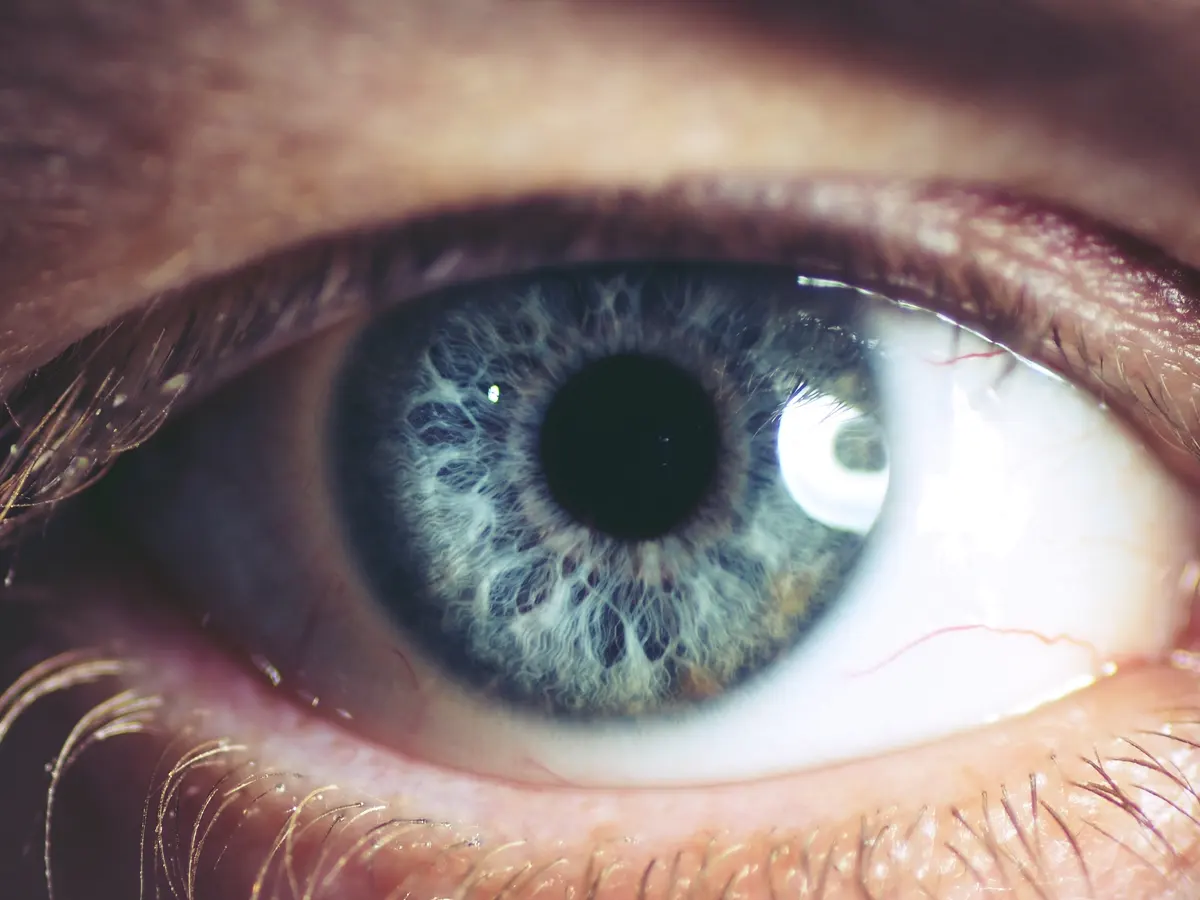Wet Macular Degeneration (Wet AMD) is a chronic eye disorder that leads to blurred vision or a blind spot in your visual field. It’s generally considered one of the leading causes of vision loss among people aged 60 and older. Wet AMD occurs when abnormal blood vessels behind the retina start to grow under the macula, leading to leakage of fluid and blood, and subsequently, damaging the macula. While it is a serious condition, various treatment options have emerged over the years. Let’s delve into some of the top treatment options available in the USA.

1. Anti-VEGF Therapy
Anti-VEGF (Vascular Endothelial Growth Factor) therapy is one of the most common and effective treatments for Wet AMD. Medications such as Ranibizumab (Lucentis), Aflibercept (Eylea), and Bevacizumab (Avastin) are injected into the eye to stop the development of new blood vessels and reduce the leaking from the abnormal vessels that cause wet macular degeneration.
2. Photodynamic Therapy (PDT)
PDT involves injecting a drug called Verteporfin into the patient’s arm, which travels through the blood vessels, including those in the eyes. A laser is then shone into the eye, activating the drug and destroying abnormal blood vessels in the retina without causing damage to surrounding areas.
3. Laser Surgery
Laser surgery is another option where healthcare providers use a laser to destroy abnormal blood vessels within the eye, preventing leakage and further damage. However, this treatment is less common than anti-VEGF therapy due to its potential to also damage surrounding healthy tissue.
4. Combination Therapies
In some cases, a combination of treatments, such as Anti-VEGF therapy and PDT, may be used to treat Wet AMD. This approach aims to maximize the benefits of different treatments and potentially minimize the frequency of treatment sessions.
5. Implantable Miniature Telescope (IMT)
For some individuals with advanced Wet AMD, an Implantable Miniature Telescope (IMT) may be considered. The IMT is surgically implanted in the eye and works by projecting images onto an undamaged portion of the retina, improving central vision.
6. Lifestyle and Nutritional Adjustments
While not a direct treatment, making lifestyle and nutritional adjustments can play a crucial role in managing Wet AMD. A diet rich in antioxidants, zinc, and omega-3 fatty acids, along with protecting the eyes from UV light and quitting smoking, can help in managing the condition and supporting overall eye health.
7. Emerging Treatments
Research is ongoing, and new treatments for Wet AMD are continually being explored. For instance, the FDA recently approved Faricimab (Vabysmo), which is designed to block two causes of Wet AMD and Diabetic Macular Edema (DME) and is the first in a new class of medicines called angiopoietin-2 (Ang-2) and VEGF-A inhibitors.
Navigating Through Treatment Options
Choosing the right treatment involves considering various factors, including the patient’s overall health, age, and stage of the disease. Here are some steps to navigate through the treatment options:
- Consultation with a Specialist: Engage with an ophthalmologist or a retinal specialist to understand the stage of the disease and discuss potential treatment options.
- Understanding the Treatments: Gain a comprehensive understanding of each treatment, including the procedure, potential risks, and benefits.
- Considering Lifestyle and Health: Evaluate how the treatment aligns with your overall health and lifestyle.
- Ongoing Management: Understand that managing Wet AMD is an ongoing process and may require regular treatments and check-ups.
Conclusion
Wet Macular Degeneration is a significant concern for many, especially in the senior population. While it can be a challenging condition to manage, advancements in treatments provide hope and options for maintaining vision and managing symptoms effectively. Always consult with healthcare professionals to explore the most suitable treatment options and stay abreast of the latest developments in Wet AMD management.




